100 Years of Deep Listening: A Document of Japanese Jazz Kissa Culture
Drool-worthy book showcases Japan's iconic listening bars
To a certain hopelessly romantic, jazz loving, vintage gear lusting, analog audiophile demographic, the jazz kissa – or jazu kissa / jazz kissaten – has gravitational pull like a black hole. The traditional Japanese jazz listening bar is a dark, comforting and sometimes quite messy space, stacked to the rafters with beautiful vintage American audio gear, vinyl records, well-worn wooden furniture, photos and posters, assortments of trinkets and memorabilia, and an offering of coffee, whisky, or whatever the jazz kissa master chooses to serve. A sanctuary for deep listening and hushed conversation, the jazz kissa stands proudly and anachronistically as an antithesis to disjointed modern music consumption. As such it is also a stark contrast to some aspects of the typical audiophile experience, like the sterile, brightly lit and decidedly non-cool vibe endured at most audio shows in hotels and convention centres.
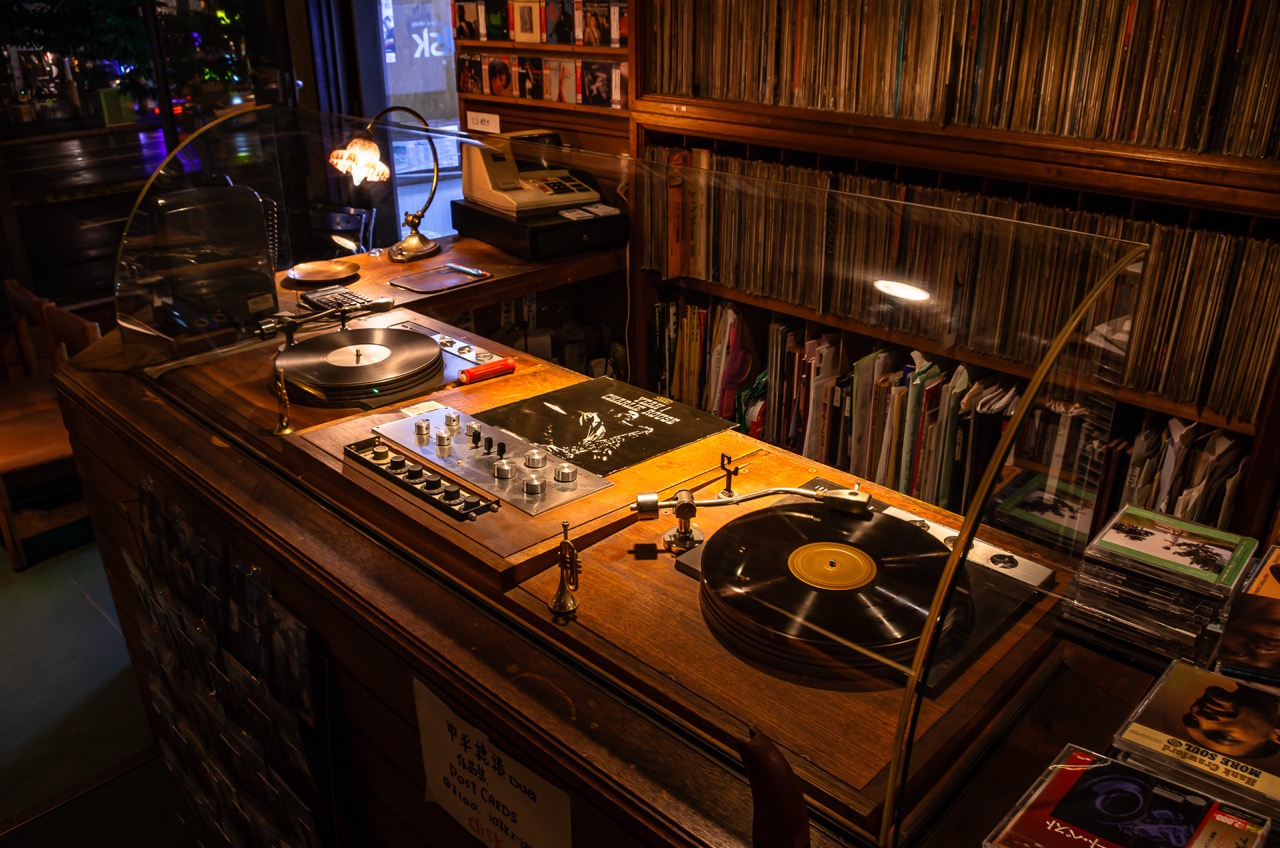 The term kissa stems from kissaten, the Japanese term for coffee house. In recent years, the jazz kissa concept has spawned a host of imitators from London to Barcelona to New York. The vintage aesthetic – glowing tubes, towering horns, meticulous vinyl playback, dark wood, slow listening – has, predictably, turned out to be quite marketable. Some of these Western interpretations are transparently shallow hipster set pieces, while others seem to be run by true believers. Other forms of deep listening concepts, be it the Classic Album Sundays listening club franchise, or Devon Turnbull turning art galleries and design furniture stores into listening temples with his custom built sound systems, also owe a huge debt to the jazz kissa.
The term kissa stems from kissaten, the Japanese term for coffee house. In recent years, the jazz kissa concept has spawned a host of imitators from London to Barcelona to New York. The vintage aesthetic – glowing tubes, towering horns, meticulous vinyl playback, dark wood, slow listening – has, predictably, turned out to be quite marketable. Some of these Western interpretations are transparently shallow hipster set pieces, while others seem to be run by true believers. Other forms of deep listening concepts, be it the Classic Album Sundays listening club franchise, or Devon Turnbull turning art galleries and design furniture stores into listening temples with his custom built sound systems, also owe a huge debt to the jazz kissa.
But you just can’t beat the original. As Turnbull writes in his foreword to the new book on jazz kissa culture reviewed here: «…the moment you walk through the door, you’re transported into the spirit of the Village Vanguard or Birdland. The dim lightning, the sweet aroma of tobacco, whiskey and coffee, and hushed voices create an atmosphere akin to a live performance. Yet, instead of a band, a meticulously curated and maintained stereo system takes centre stage.».
«Jazz Kissa» is a 336-page, highly drool-worthy photo celebration of the jazz kissa phenomenon, printed on specially sourced matte Japanese paper and beautifully bound in embossed hardcover with the OBI paper strip typical of Japanese books and LP covers. The book is produced and published by ERG Media, a creative storytelling agency with its own publishing imprint run by Milan-based U.S. born publisher Ted Gushue. Gushue’s exquisite publications have a high end lifestyle vibe (and matching price tags) that might seem somewhat antithetical to the DIY/vintage/home brew ethos and practice of the jazz kissa community, but it’s hard to fault the result of Gushue’s collaboration with Japan’s foremost jazz kissa documentarian, the photographer and cultural historian Katsumasa Kusunose.
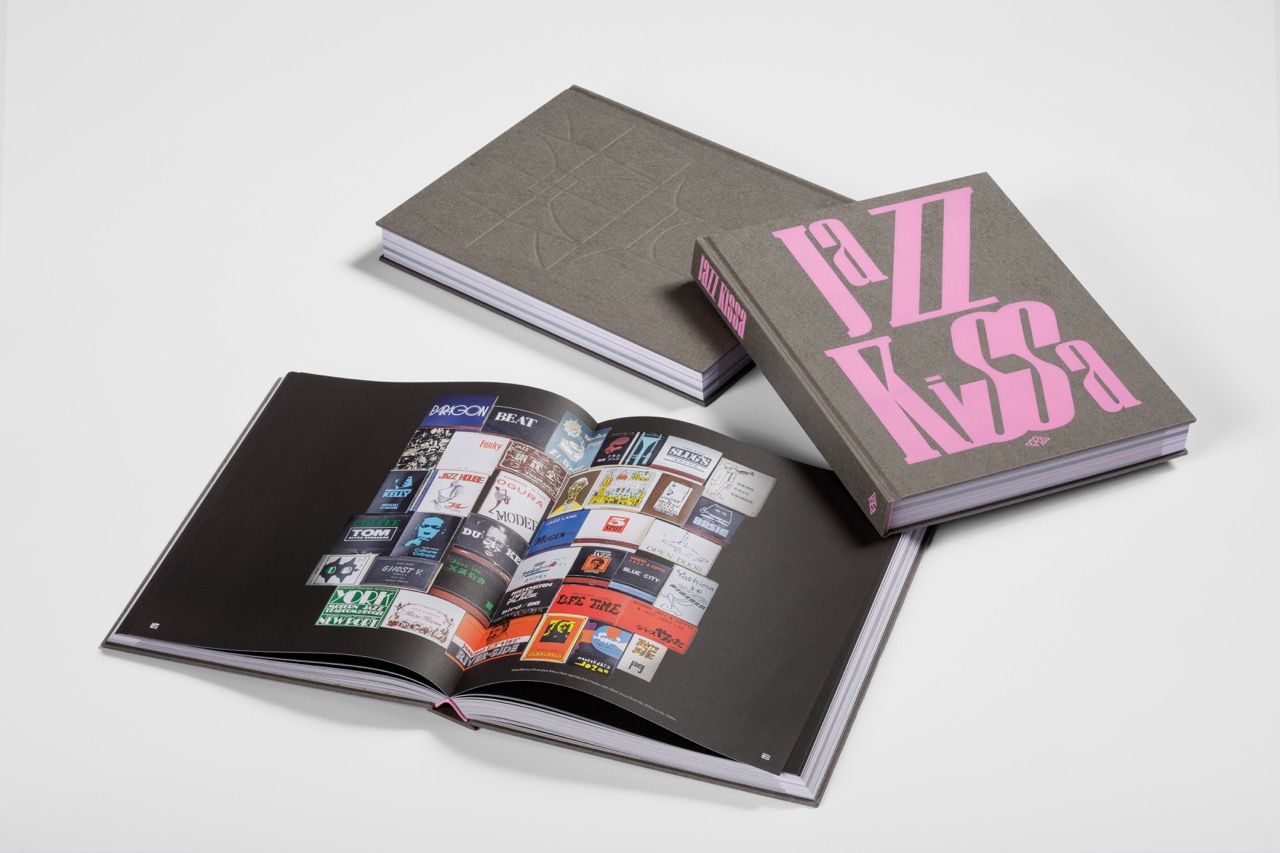 Kusunose-san, formerly an editor for GQ Japan and magazines like Figaro and Pen, has previously published several bilingual Jazz Kissa books on his Jazz City imprint, as well as two magazines, Gateway to Jazz Kissa and # Vinyl, both documenting jazz kissa around the country. A few years ago, I bought a stack of issue 1 of the latter, distributing them to deserving music and gear loving friends. The text was in Japanese, but the photos spoke volumes.
Kusunose-san, formerly an editor for GQ Japan and magazines like Figaro and Pen, has previously published several bilingual Jazz Kissa books on his Jazz City imprint, as well as two magazines, Gateway to Jazz Kissa and # Vinyl, both documenting jazz kissa around the country. A few years ago, I bought a stack of issue 1 of the latter, distributing them to deserving music and gear loving friends. The text was in Japanese, but the photos spoke volumes.
There are even more jazz kissa books out there, but this is the most lavish and well-presented one I've seen. «Jazz Kissa» is primarily a photo book, with more than 300 photos of jazz kissa interiors and audio equipment. It also features schematics and drawings of vintage hi-fi gear from Altec, JBL, Klipsch, McIntosh, Thorens, Ampex, and others, as well as photos of Kusunose’s collection of jazz kissa matchbooks, and scans of ads and posters.
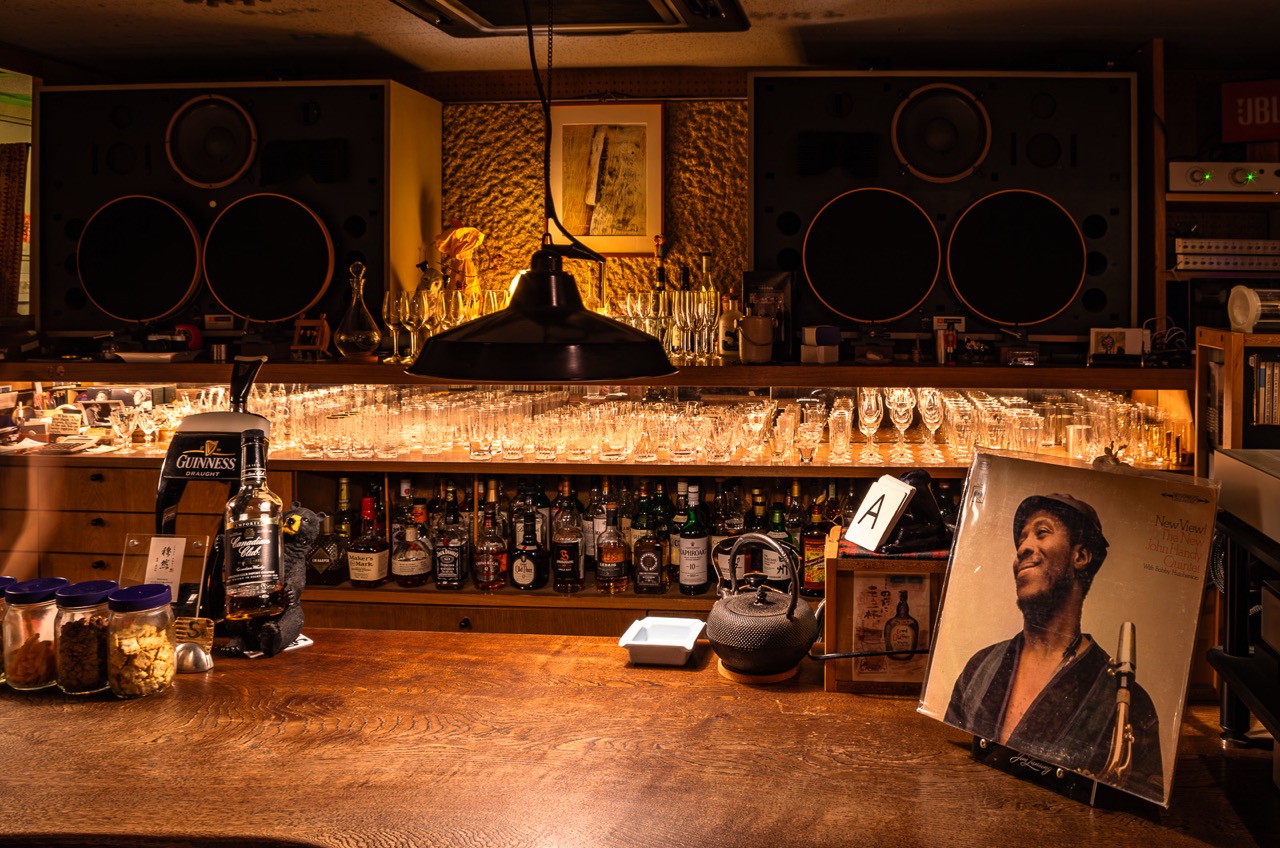
Kusunose is also a writer of deep knowledge and insight, making a reader wish for more than we get here. In the book’s lengthiest of three texts, Kusunose explains the jazz kissa phenomenon and history. The kissaten, or coffee shop, stems back to the 1800s. In 1935, Japan had more than 10.000 kissaten. The first jazz kissa, a kissaten where jazz music took centre stage, is said to have been Tokyo’s Black Bird, established in 1929. The phenomenon grew rapidly in popularity, and reached the height of its glory in the late 1930s, until jazz and other forms of culture from the enemy were prohibited during World War II. In 1945, most closed-up jazz kissa locations in Tokyo burned down during the large-scale firebombing by the USAAF.
The city was rebuilt, and the jazz kissa rose from the ashes. From the mid 1950s, a more modern take with hi-fi audio equipment and imported jazz records began to appear. Most Japanese lived in small apartments and houses, and few could afford home music playback. For hard working salarymen and other jazz lovers, the jazz kissa became a refuge. Kusunose tells the story of the most important venues, and the different styles and concepts under the jazz kissa umbrella.
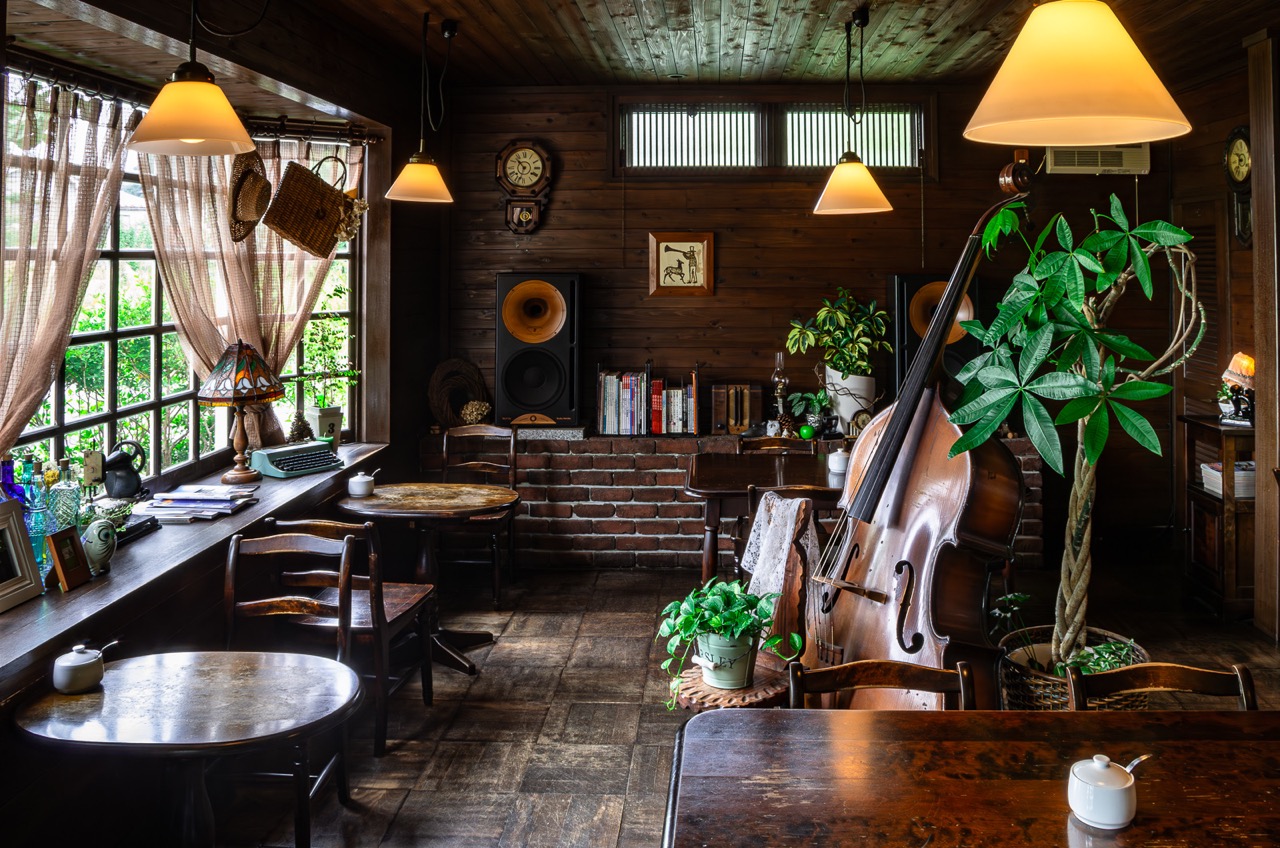 In another, shorter essay, Kusunose tells the story of Café Korpokkur and its master, Yutaka Sugimoto. This particular jazz kissa was opened in 2016, overlooking lake Izunuma in the Miyagi prefecture. It features a modern audio system with JBL Everest DD6700 horn speakers and self built digital amps and DACs for CD and high res digital audio playback. «To describe the sound of Cafe Korpokkur in a few words, it’s like fresh, clear water. It doesn’t overwhelm the listener but rather wraps them in an incredibly beautiful sound», writes Kusunose.
In another, shorter essay, Kusunose tells the story of Café Korpokkur and its master, Yutaka Sugimoto. This particular jazz kissa was opened in 2016, overlooking lake Izunuma in the Miyagi prefecture. It features a modern audio system with JBL Everest DD6700 horn speakers and self built digital amps and DACs for CD and high res digital audio playback. «To describe the sound of Cafe Korpokkur in a few words, it’s like fresh, clear water. It doesn’t overwhelm the listener but rather wraps them in an incredibly beautiful sound», writes Kusunose.
Devon Turnbull touches on the jazz kissa sound and the concept of wabi-sabi – the acceptance of imperfection and impermanence – in his foreword:
The soundscape embodies wabi-sabi, favouring warmth and character over sterile perfection. The Japanese sonic aesthetic is larger than life and deeply visceral ... This reverence for sound is what makes the jazz kissa sound so unique.
79 percent of Kusunose-sans followers on Instagram are male. Hardly surprising to anyone who has ever visited an audio show, but the jazz kissa phenomenon isn't all masculine, fortunately. In a third essay, Kusunose writes about female owners throughout jazz kissa history, among them Kikue Suganuma, proprietor of the Ornette kissa in Ashikaga City.
In his beautiful photography, Kusunose portrays jazz kissa across the country. Many locales are dark and dingy, some others have a lighter café atmosphere and an almost living room-like vibe. The light in Kusunose’s photography is natural, glowing, warm. Beautiful audio gear and shelves of jazz vinyl take centre stage. Vintage McIntosh amps with their signature blue meters and JBL horns are the most frequent, fed by turntables from Garrard, Thorens, EMT and others. Kusunose’s love of the subject matter radiates from the pages. My only gripe is that almost every photo is devoid of people. It's an editorial choice, but I would have liked to meet more jazz kissa masters and their customers.
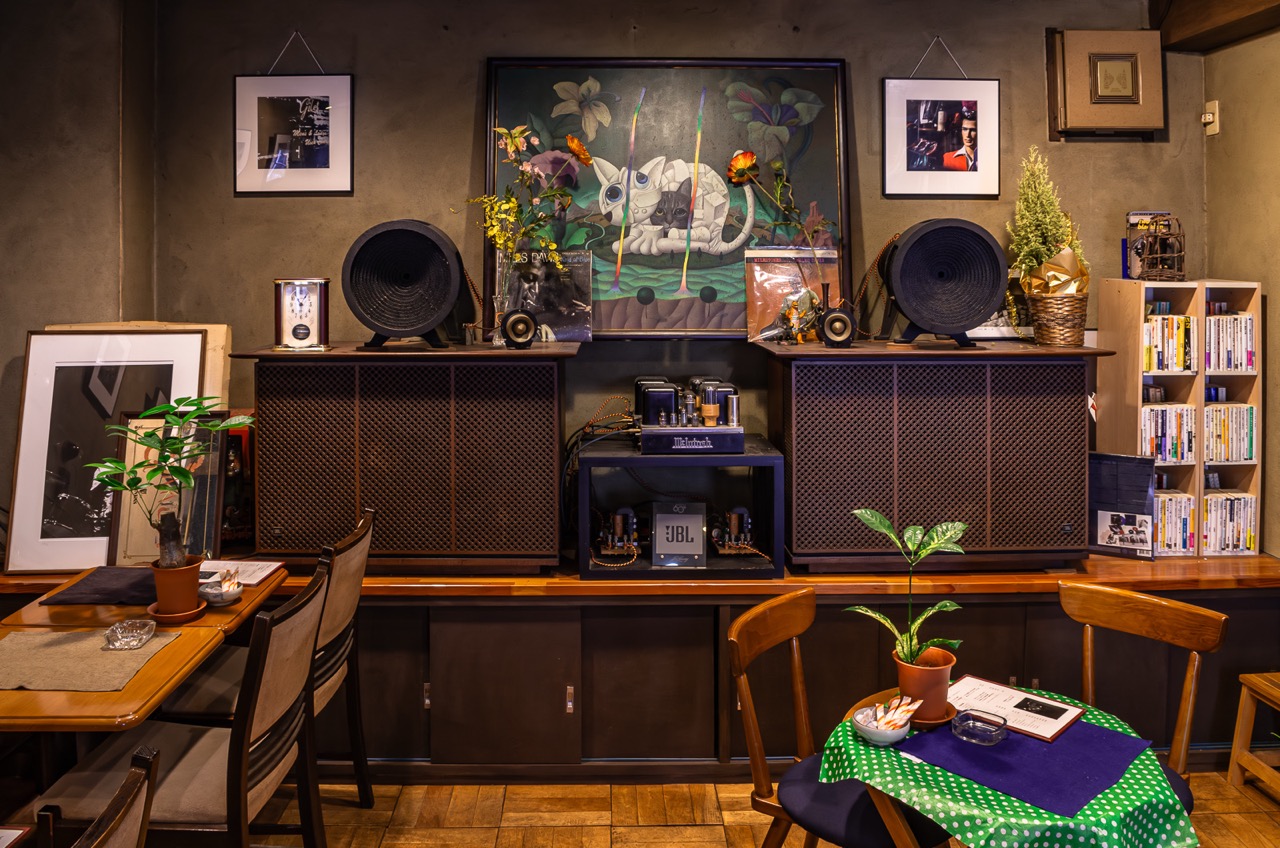
What seems to unite most of these wonderful listening spaces, is that they are built and maintained over time by one very dedicated man (or indeed, sometimes, a very dedicated woman), often with modest means, and frequented by a small, but loyal customer base. The jazz kissa master operates as bartender, barista, dj and audio engineer: a lifetime in service of music and community. Today, many of them are old men. The jazz kissa might seem an anachronism in the age of Spotify, AI slop and white earbuds, but like Kusunose, I’d like to believe it will live on, changing (but not too much) with time, like jazz itself.
All photos ©Katsumasa Kusunose.
«Jazz Kissa»
Text and photo by Katsumasa Kusunose
Foreword by Devon Turnbull
ERG Media 2025
«Jazz Kissa» is available here. Non-US readers who find the USD 126 price tag a little steep, can get a more budget friendly taste of Kusunose’s photographic work through one of his self-published books, for sale at his Jazz City website. Most earlier books are sold out, but «Jazz Kissa 2024» still seems to be available, featuring photos of 30 jazz kissa visited by Kusunose in 2024. The book is photos only, so no essays like in the one reviewed here. The price is a very affordable USD 17, but here’s the rub: shipping to the US is temporarily suspended due to the many uncertainties regarding shipping cost, taxes and tariffs imposed by the very stable genius in the White House.


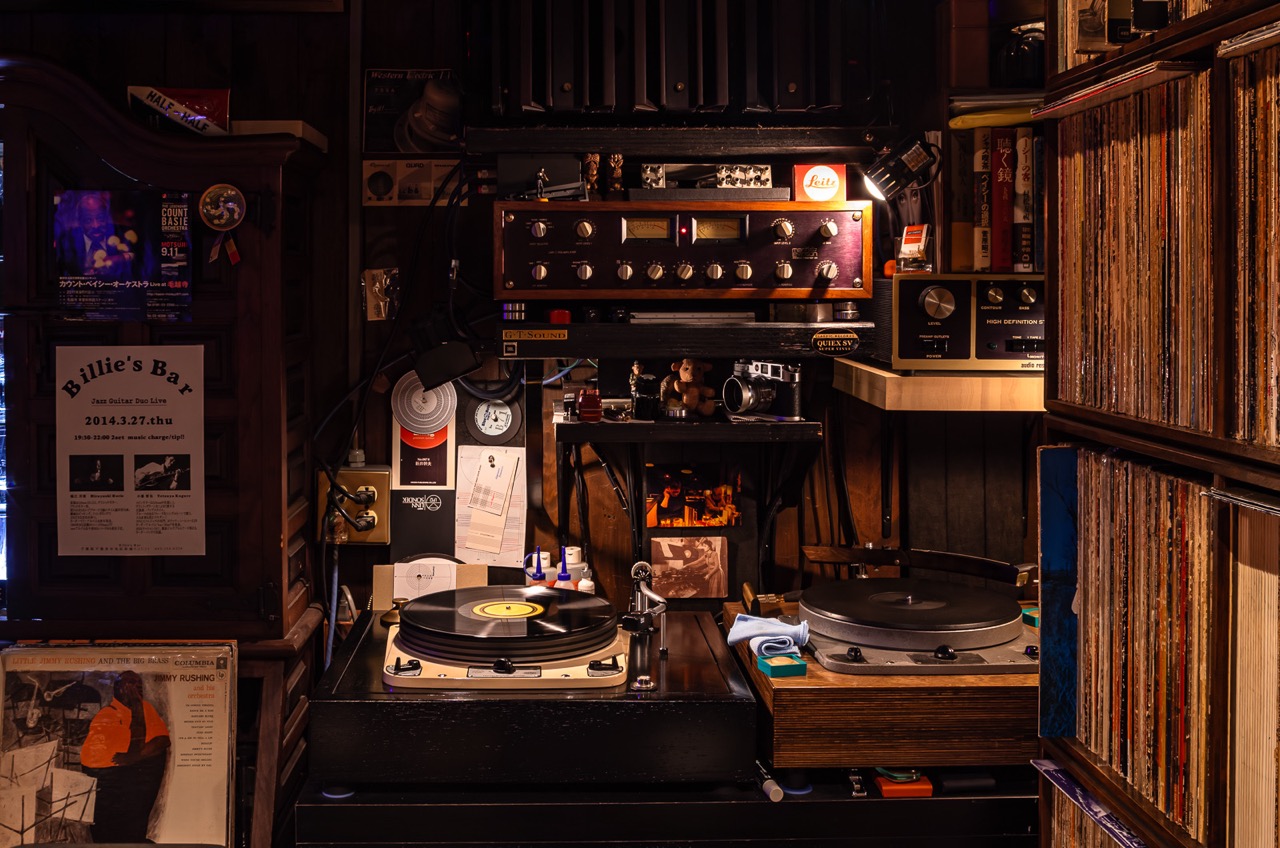


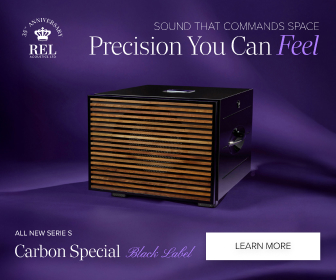
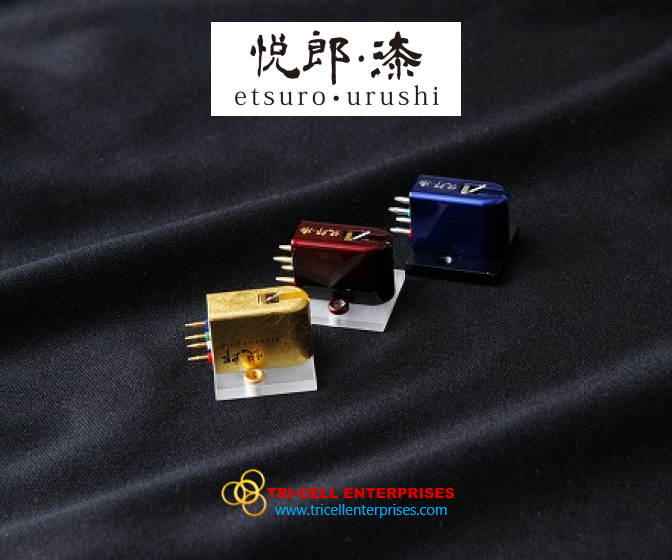
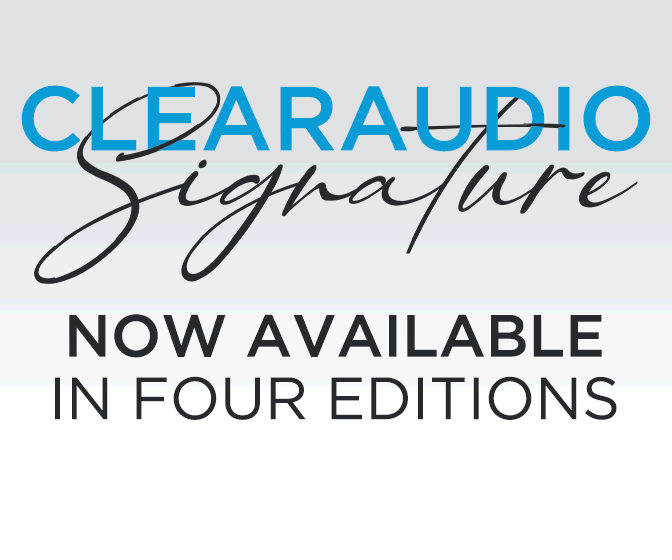
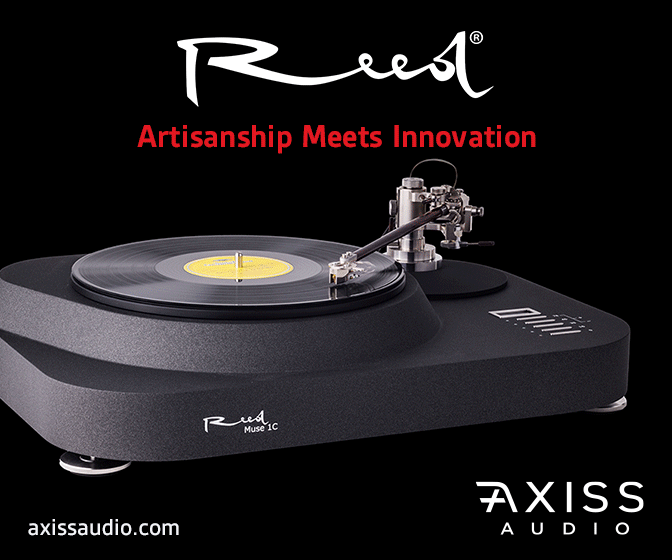
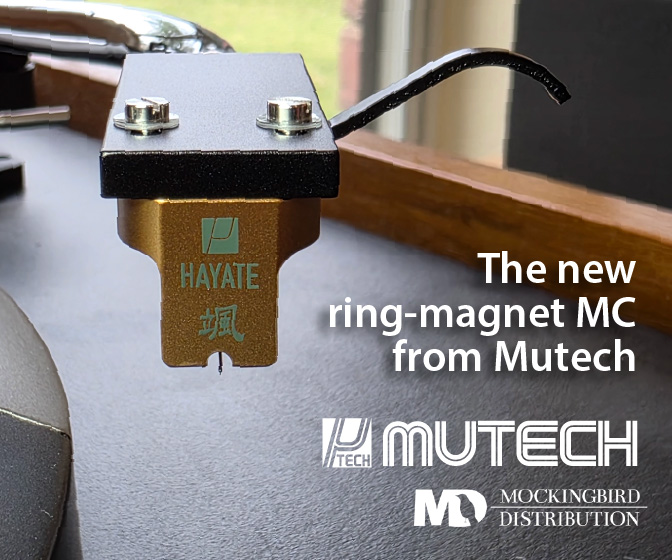
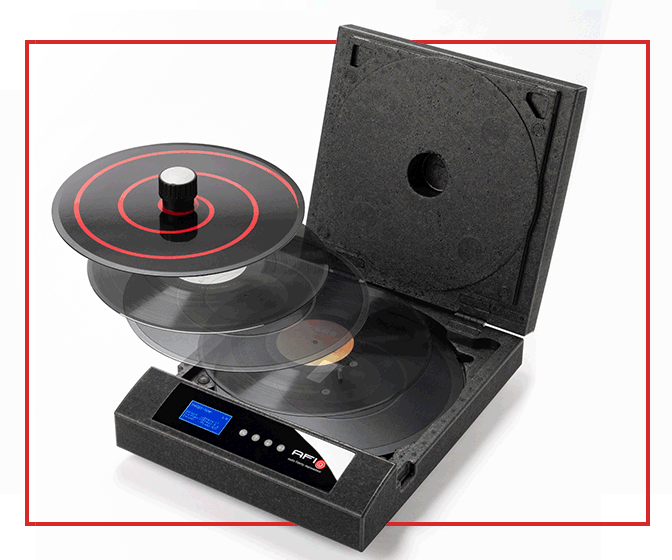

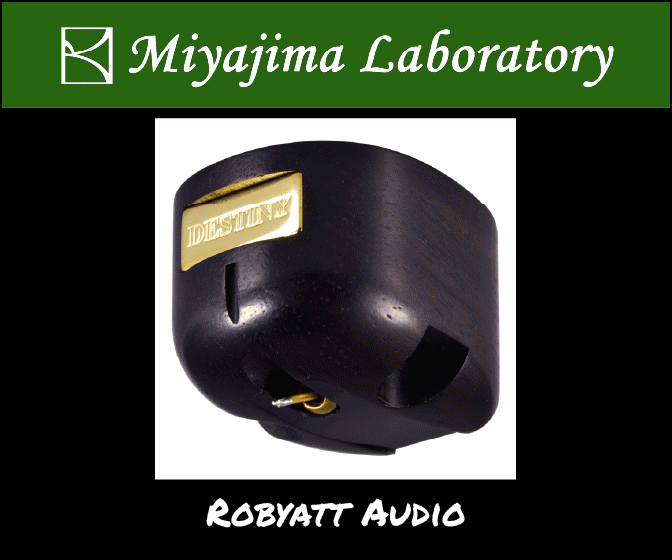
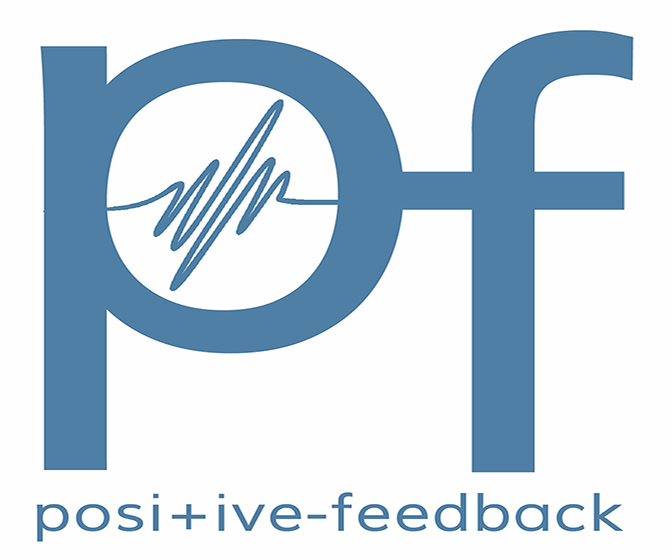




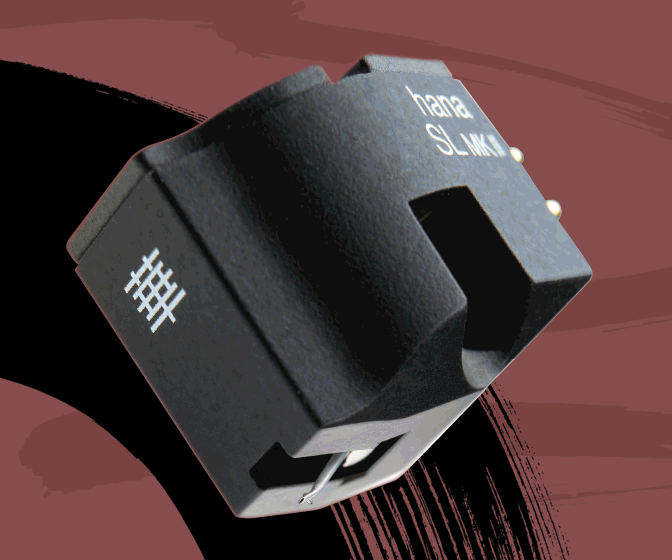

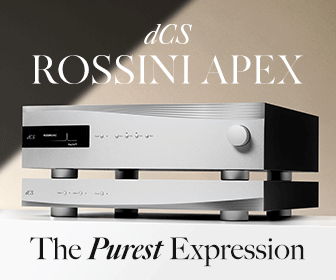
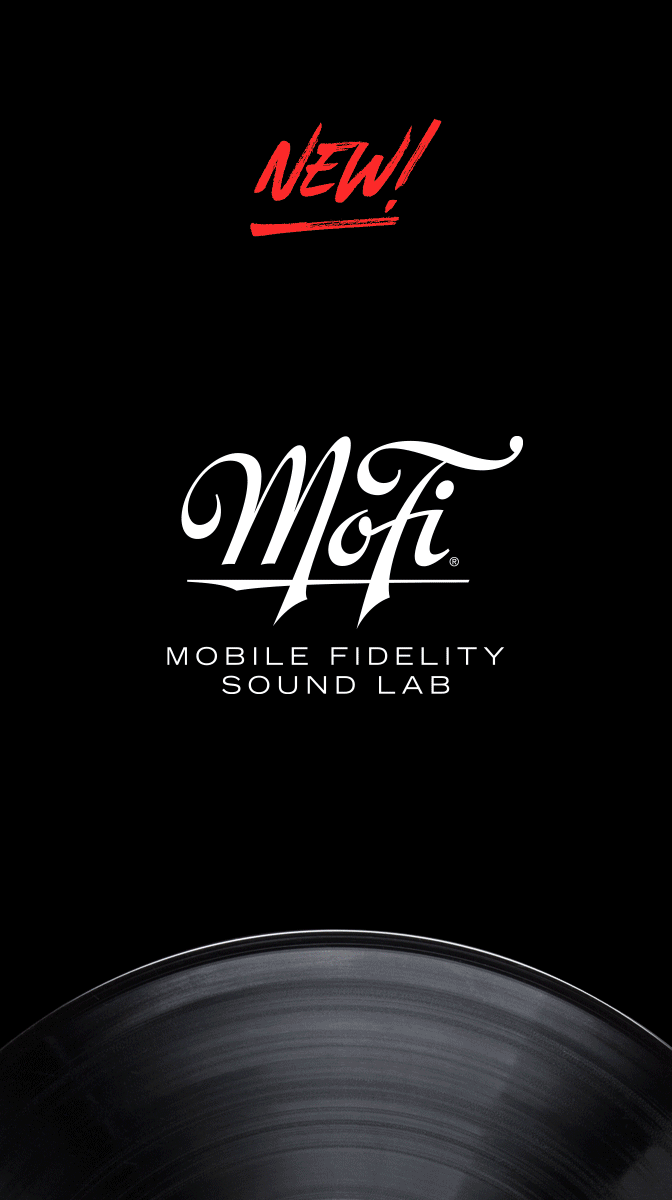

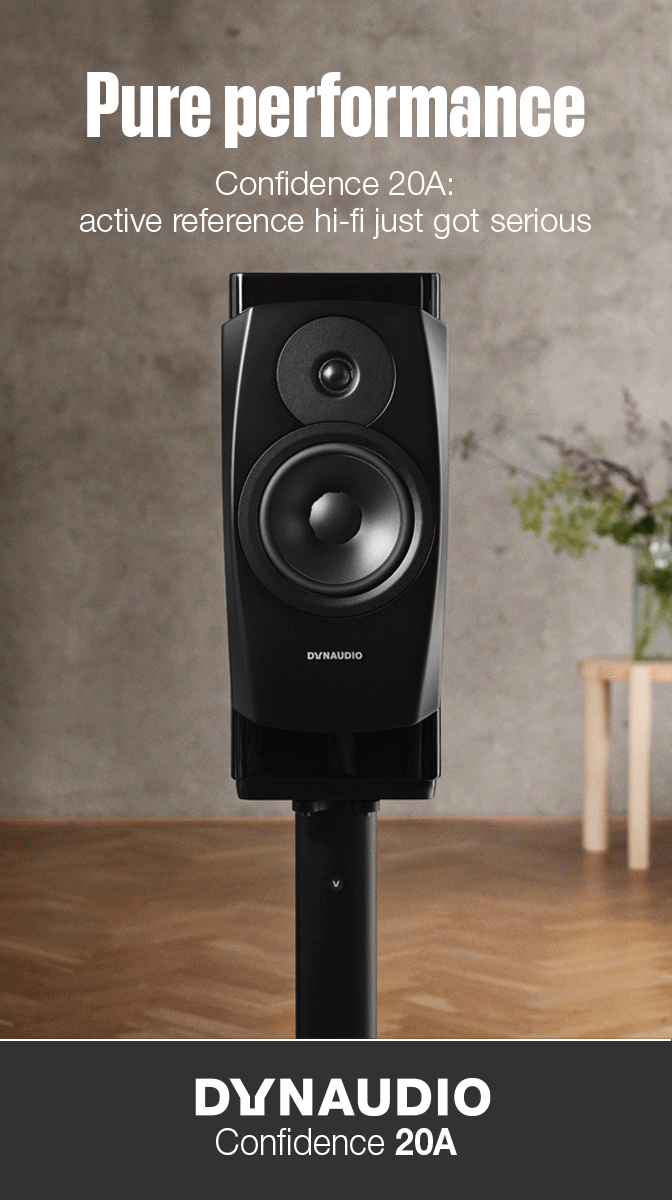
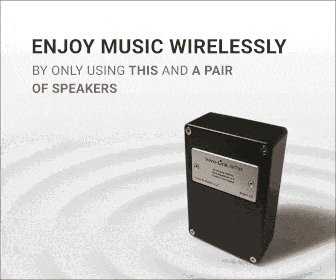
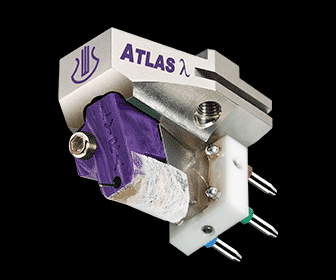

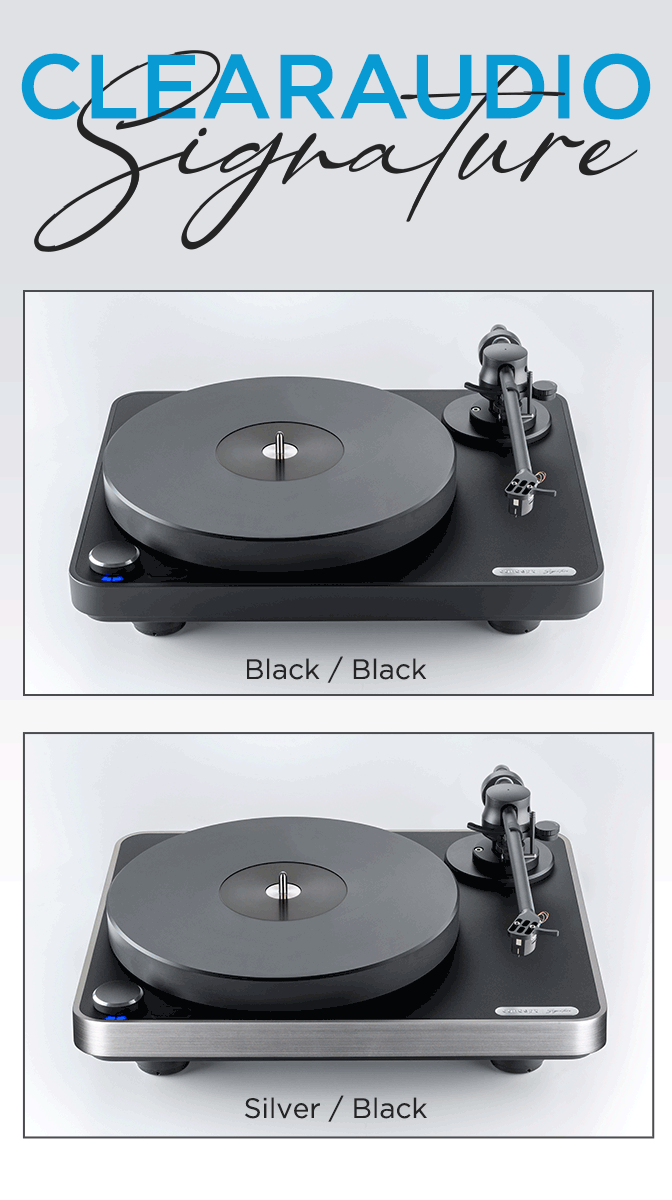
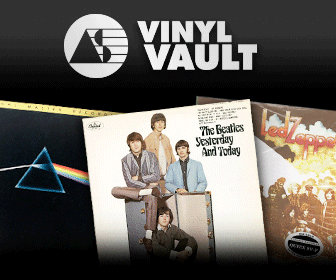
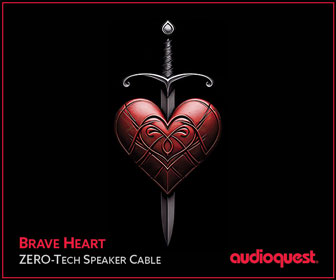
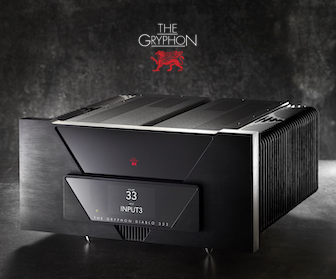
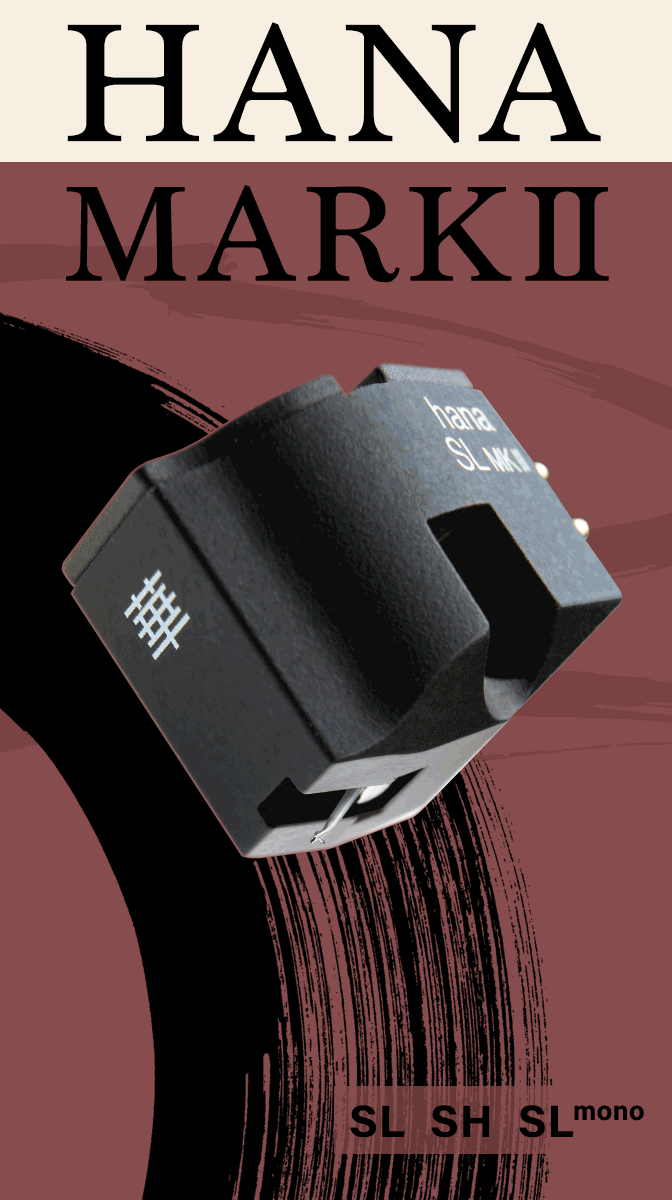


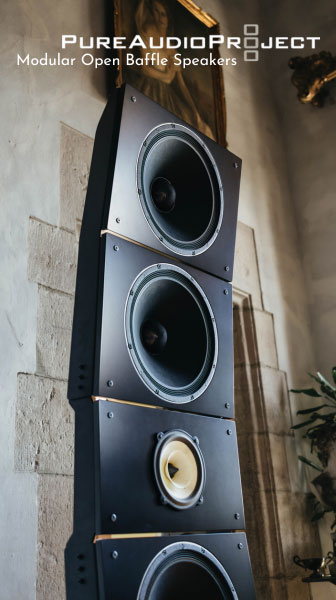
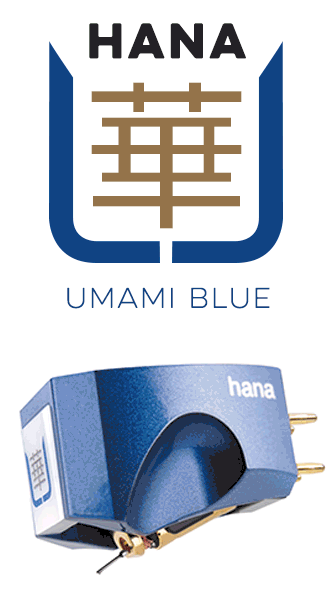





.png)








